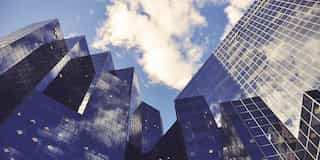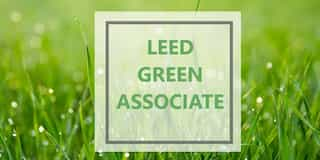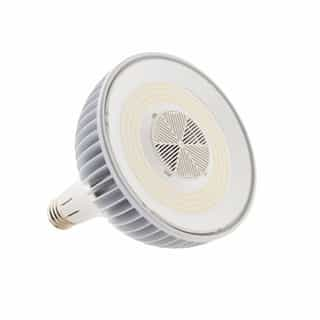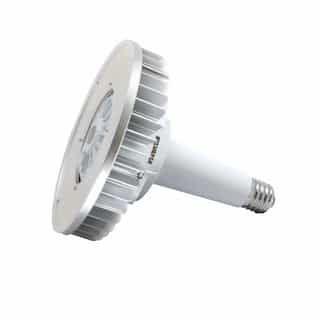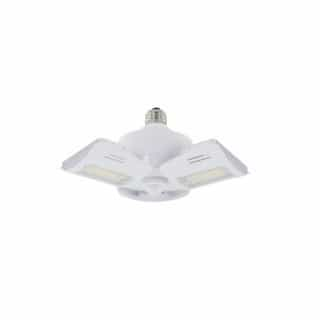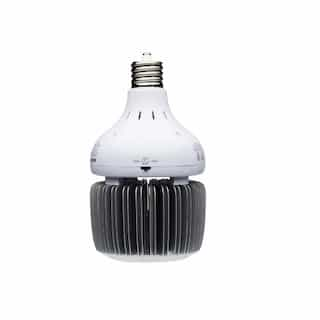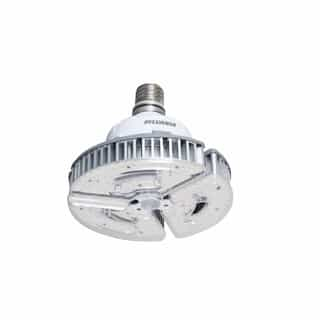LEED Certification: A Green Commercial Building Design Concept
By receiving LEED certification, you are documenting to the homeowner or business owner that you have taken the steps to insure a building’s durability, energy-efficiency, and its impact on the environment. LEED has five primary rating reference guides that it uses to certify a building. They are as follows
| Reference Guides | Rating Systems |
LEED AP BD+C Green Building Design & Construction | LEED for New Construction |
| LEED for Core & shell | |
| LEED for Schools | |
| LEED for Healthcare | |
| LEED for Retail | |
LEED AP ID+C Green Interior Design and Construction | LEED for Commercial Interiors |
| LEED for Retail Interiors | |
LEED O+M Green Building Design and Construction | LEED for Existing Buildings |
| LEED for Existing Schools | |
| LEED AP Homes | LEED for Homes |
LEED AP ND LEED for Neighborhood Development | LEED for Neighborhood Development |
LEED AP BD+C: This rating system is used for new constructions, school projects, core & shell buildings, healthcare projects, retail buildings, and major renovations.
LEED AP ID+C: This rating system is designed specifically for tenants who are leasing a portion of a larger building. It focuses on promoting the green initiative on commercial interior design, and retail projects. For example, a Starbucks renting a space inside of a Target or shopping mall would be rated with this system.
LEED AP O+M: This rating system helps business owners minimize energy use by making minor operational & maintenance improvements on existing buildings and schools.
LEED AP Homes: This rating system is specifically designed to focus on single and multi-family residential homes that are no more than 3 stories.
LEED AP ND: This rating system integrates the principles of green building into neighborhood development projects.
What is the Importance of LEED Certification?
It is a standard for reducing the energy use of newly constructed or existing commercial and residential buildings. It offers an industry perspective to ensure that your building not only follows building codes, but follows LEED energy-saving standards as well. It is a great way to offer a sound, seal of assurance that your building is designed and operating to the highest environmental standards.
Following building codes is only the minimal standard of safety assurance. LEED certification ensures that not only is your building safe, but it is maintaining quality sustainability practices like:
- Waste Reduction
- Energy Reduction
- Water Reduction
Recommended Reading
LEED certification identifies the design and construction of a building that’s energy efficient, water-efficient, and follows sustainable waste-reducing practices. Score high in each credit category to achieve one of four levels: certified, silver, gold, or platinum certifications.
Score high on your next project with a few tips! See how you can improve on water efficiency, innovation of design, energy and atmosphere, sustainable sites, and many more categories.
A LEED Green Associate means an introductory level of accreditation which signifies a general understanding of the LEED rating system. The LEED exam to become a Green Associate are administered by the national testing agency Prometric and are run by GBCI.
Recommended Products
Receive special deals and more, right to your inbox

